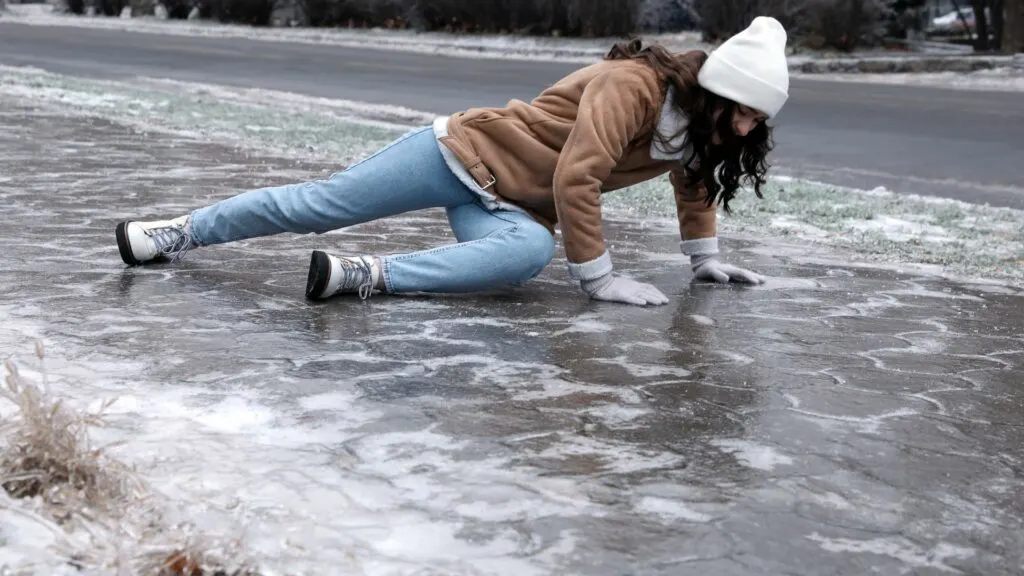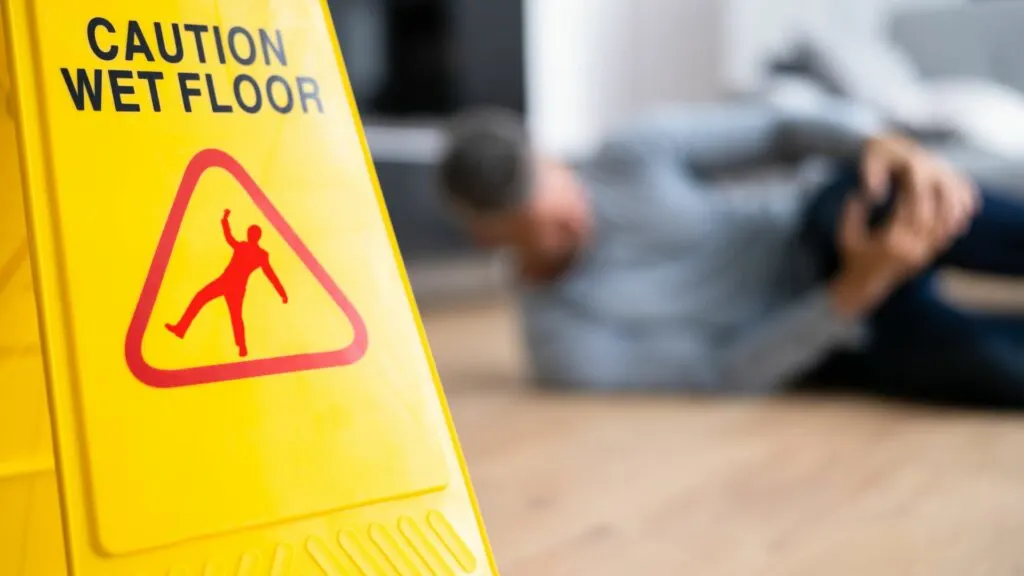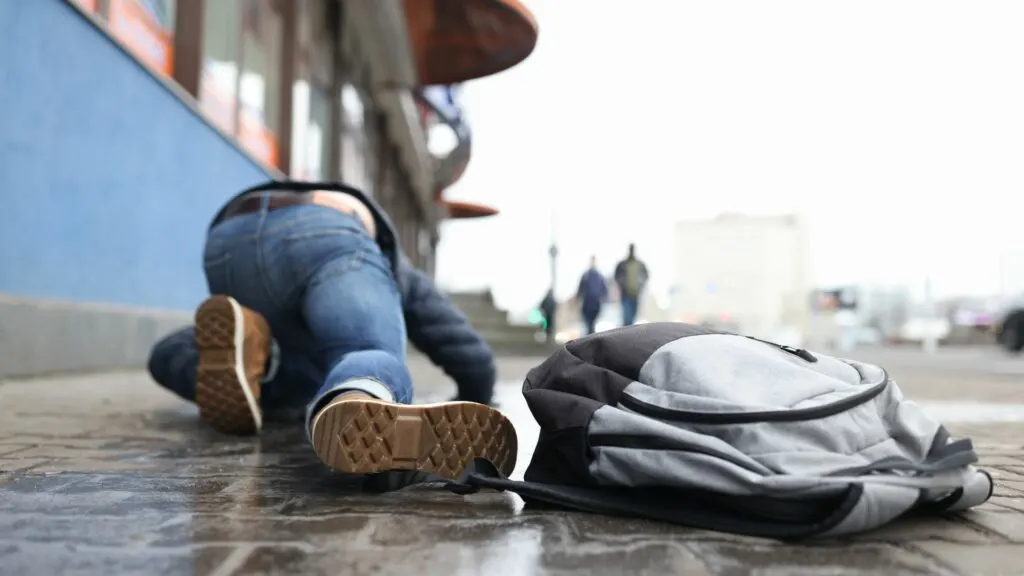Weather conditions play a crucial role in slip and fall cases, significantly impacting the dynamics of claims and liability. When rain, snow, or ice are involved, these accidents become more complex, leaving property owners and potential plaintiffs to navigate a maze of legal considerations. In this article, St. Louis slip and fall attorneys explore how various weather conditions influence slip and fall claims, the challenges they present, and the strategies both parties can employ to manage these cases effectively.

The Role Of Weather In Slip And Fall Accidents
Weather conditions can create hazardous situations that increase the likelihood of slip-and-fall accidents. Rain can make walkways slippery, while snow and ice can create treacherous surfaces that are difficult to navigate. These conditions can quickly transform a seemingly safe environment into a danger zone, posing risks to anyone who traverses the area. For property owners, the challenge is to maintain safe premises despite these unpredictable elements. Understanding the extent of their responsibility during adverse weather can help mitigate potential liabilities and legal disputes.
Assessing Liability In Adverse Weather
Determining liability in slip and fall cases involving weather conditions can be complex. Typically, property owners are expected to take reasonable steps to ensure the safety of their premises, even during inclement weather. This might include shoveling snow, salting icy areas, or providing adequate drainage to prevent water accumulation.
On the other hand, what is considered “reasonable” can vary depending on the jurisdiction and specific circumstances. Courts often assess whether the property owner acted prudently and within a reasonable timeframe to address weather-related hazards. If it is found that the owner was negligent in maintaining safe conditions, they could be held liable for any resulting injuries.
Challenges For Plaintiffs
Proving negligence in weather-related slip and fall cases can be challenging for plaintiffs. They must demonstrate that the property owner had adequate notice of the dangerous conditions and failed to take appropriate action. This often requires gathering evidence such as photographs, witness testimonies, or security camera footage.

Additionally, plaintiffs need to show that their actions were reasonable under the circumstances, which can be difficult if they were aware of the hazardous weather but chose to proceed regardless. The plaintiff has the burden of proof, making the collection and preservation of evidence critical to the success of their claim.
Weather As A Defense Strategy
Property owners may use weather conditions in slip-and-fall cases as a defense strategy. They might argue that the weather was an “act of God” and beyond their control, thereby absolving them of liability. However, this defense is not always successful, as owners are generally expected to anticipate and address weather-related hazards.
Nonetheless, demonstrating that reasonable measures were taken to protect visitors can strengthen their defense. By maintaining records of maintenance activities, such as salting or shoveling, property owners can provide evidence of their proactive efforts to manage the risks posed by adverse weather.
Legal Precedents And Jurisdictional Variations
Legal precedents and jurisdictional differences can significantly affect slip and fall cases involving weather conditions. Some regions may have specific laws that outline property owners’ responsibilities during inclement weather, while others may rely on broader negligence standards. Understanding these legal nuances is essential for both plaintiffs and defendants in building their cases. Legal professionals must be well-versed in local statutes and precedents to argue their positions and secure favorable client outcomes effectively.
Proactive Measures For Property Owners
Property owners should adopt proactive measures to address weather-related hazards to minimize liability. This includes regularly monitoring weather forecasts and implementing a maintenance plan tailored to adverse conditions. Installing quality drainage systems, using non-slip surfaces, and ensuring adequate lighting can further enhance safety. Additionally, clear communication with visitors about potential hazards and the measures to address them can help manage expectations and reduce risk. By taking these steps, property owners demonstrate their commitment to safety and reduce the likelihood of slip and fall incidents.

Preparing A Strong Case
For plaintiffs, preparing a strong case involves gathering comprehensive evidence to support their claim. This includes documenting the accident scene, obtaining medical records, and collecting witness statements. Engaging an experienced attorney who understands the intricacies of weather-related slip and fall cases can also be beneficial. Legal professionals can assist in evaluating the strength of the claim, negotiating settlements, or pursuing litigation if necessary. By building a robust case, plaintiffs increase their chances of receiving fair compensation for their injuries.
Weather-Related Slip and Fall Cases: Understanding Liability and Legal Strategies
Weather conditions significantly impact slip and fall cases, influencing claims and liability. St. Louis slip and fall attorneys say understanding the complexities involved and taking proactive steps can help property owners and plaintiffs navigate these challenges effectively. By acknowledging the role of weather in these cases, parties can better prepare for and address the legal implications of slip and fall incidents.

Jessi is the creative mind behind The Coffee Mom, a popular blog that combines parenting advice, travel tips, and a love for all things Disney. As a trusted Disney influencer and passionate storyteller, Jessi’s authentic insights and relatable content resonate with readers worldwide.
